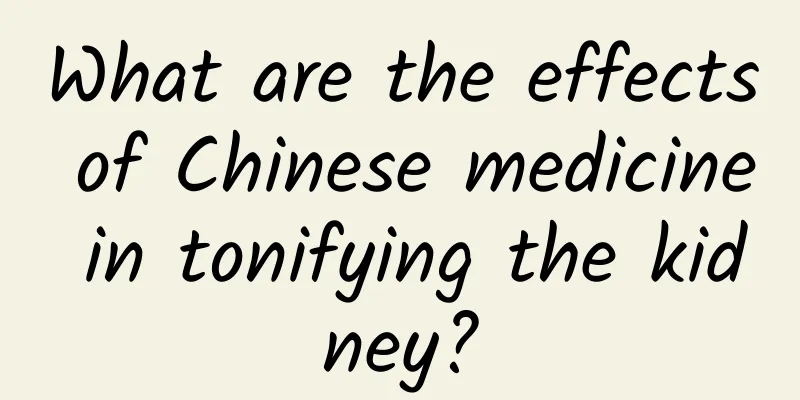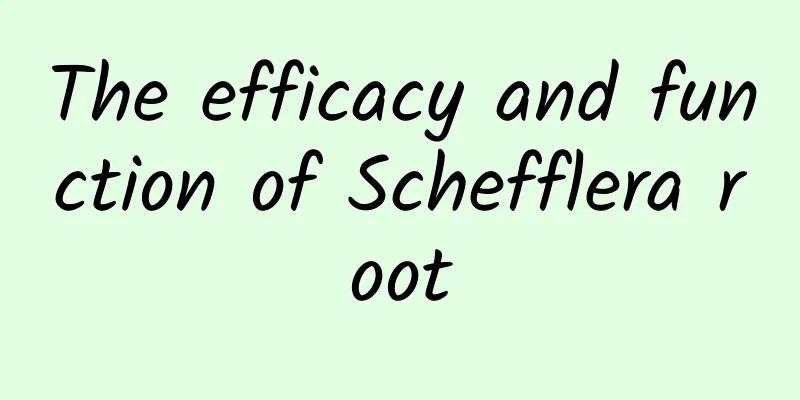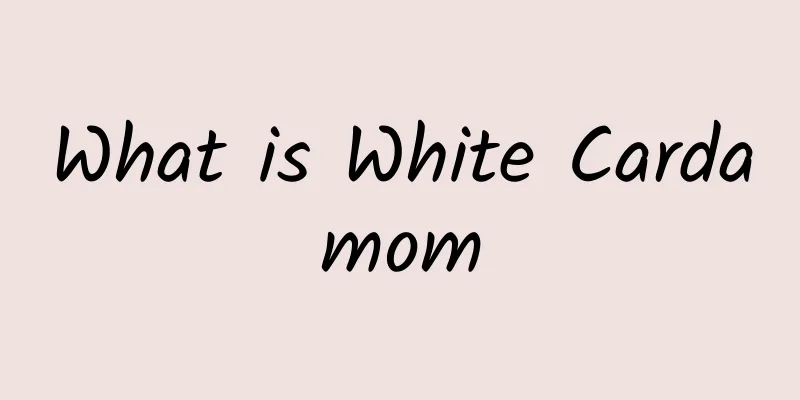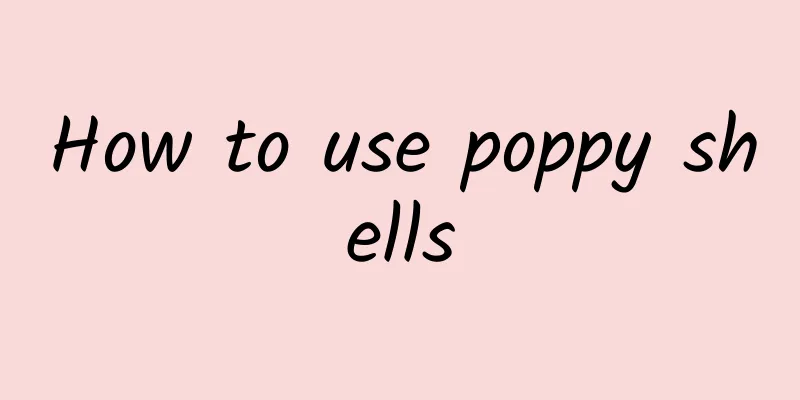What is the difference between velvet antlers and deer antlers?
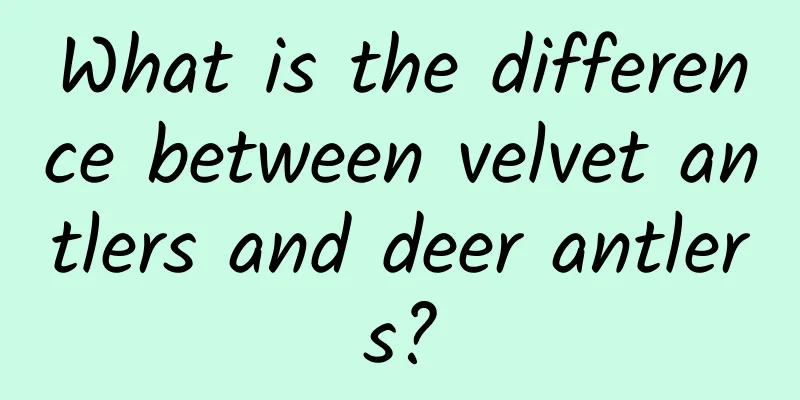
|
In the vast and rich Northeast, there are the three treasures of the Northeast that we are very familiar with: ginseng, sable fur, and deer antlers. Among them, deer antler is a very precious Chinese medicinal material that can play a health-care role. But in addition to velvet antlers, there is also the very popular deer horns, which can also have a certain nourishing effect. So do you know what is the difference between velvet antlers and deer horns? Today we will give you a brief introduction from the perspective of nutritional value. It is easy to distinguish velvet antlers from deer horns. They can be judged from three aspects: size, hair, and ossification. The focus is on whether it is ossified. The small ones, those with dense hair, and those that are relatively spread and soft (not ossified) are velvet antlers, otherwise they are deer horns. Deer antlers can treat sores, swelling, pain caused by blood stasis, internal injuries due to deficiency and fatigue, and pain in the waist and spine. Below, the editor will introduce to you in detail the differences between velvet antlers and deer antlers, and the uses and functions of deer antlers. Differences in growth stages 1 Deer velvet antlers are tender horns that have just grown out. They are long bones with a branching structure. Deer horns are tender horns after aging. They have a bony core and are covered with hard epidermal tissue on the surface. Difference in appearance and texture 2 Deer antler is the initial growth stage of deer antler. It is relatively small in shape, has raw hairs, is flexible in texture, light in weight, has a slightly fishy and salty smell, is softer than rubber when pinched, has many bee eyes after slicing, is difficult to bite in the mouth, and has no taste. When the antler matures, the hairs will shrink and dry, and even fall off, and there will be far fewer bee eyes after slicing. Difference in efficacy and indications 3 Deer antler: Deer antler is warm in nature, sweet and sour in taste, non-toxic, and enters the liver and kidney meridians. It has the functions of strengthening the yang, replenishing menstrual blood, benefiting the essence and marrow, and strengthening the tendons and bones. It is mainly used to treat consumptive emaciation, mental fatigue, dizziness, deafness, blurred vision, soreness of the waist and knees, impotence, spermatorrhea, cold uterus, metrorrhagia, and leucorrhea. Deer antler: Deer antler is warm in nature, salty in taste, and enters the liver and kidney meridians. It has the functions of warming kidney yang, strengthening tendons and bones, promoting blood circulation and reducing swelling. Differences in pharmacological applications 4 Deer antler has a wide range of clinical applications, including single and compound drinking, involving cardiovascular, blood, nervous, endocrine, urogenital, and digestive systems, covering internal medicine, surgery, gynecology, and pediatrics. Therefore, it can be used for weakness and emaciation, mental fatigue, dizziness, tinnitus, blurred vision, low back pain, weakness of muscles and bones, impotence and premature ejaculation, uterine coldness, metrorrhagia, and leukorrhea caused by kidney yang deficiency and lack of essence and blood. Deer antler: Effects on the cardiovascular system: It can significantly increase cardiac output and has a certain effect on hypotension; it can improve renal anemia; it has anti-inflammatory effects. |
<<: Causes of lymph node pain in female thigh root
>>: How long does it take to drink burdock tea to lose weight?
Recommend
The old man who is addicted to picking up garbage may be struggling with illness
From another perspective, collecting garbage may ...
The efficacy and function of red flower vine
Red Flower Ivy is a very common Chinese medicine ...
"I am an asymptomatic infected person, and my experience may help many people"
What would you do if the nucleic acid test result...
The efficacy and function of jingfengcao
Recently, major TV channels have launched various...
It has snowed in the north, but for people in the south, it is just the right time to see the yellow leaves.
A few days ago, thick snow fell in the north. Wha...
Come see this "fat moon" tonight!
This year's first "supermoon" will ...
Can donkey-hide gelatin replenish blood?
As women in today's society pay more and more...
Finally! It has been made clear: it is forbidden to make and publish videos of overeating, which is very harmful
It is shameful to waste food, and overeating is h...
Where does blood come from and where does it go?
"The heart pushes blood to circulate through...
Beijing Health Code was attacked! What are the tactics of cyber attacks?
|||| Written by reporter Zhao Tianyu Edited by Li...
Benefits of Schisandra
Schisandra chinensis, as the name suggests, is a ...
One picture to understand | China's radio development
【2.13 World Radio Day】One picture to understand |...
Appendix, wisdom teeth, coccyx...Why do humans always have some strange evolutionary remnants?
© Getty Images Leviathan Press: It's said tha...
What are the medicinal properties of Cassia seed?
Cassia seeds are the dried mature seeds of the le...
More accurate than the sun! What kind of clock can be accurate to just one second in 35 million years?
Measuring time accurately is far more important t...




